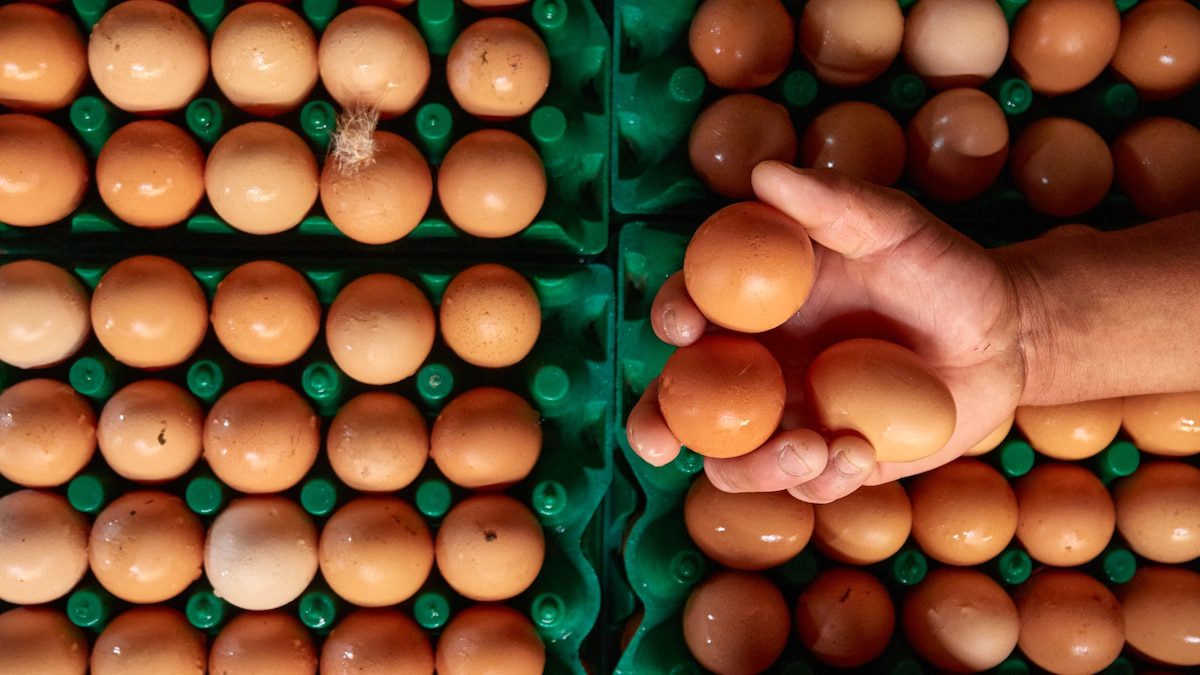
How does the virus affect America’s food supply?
Although properly processed and cooked food items are safe to consume, the impact of the virus on the agricultural sector and grocery retail is significant. The outbreak has led to the infection of over 900 cattle herds, nearly 150 million birds in farms and aquatic environments, and the culling of more than 20 million laying hens. Additionally, around 13.2 million chickens have been slaughtered in attempts to control the outbreak.
Once infected poultry are culled, farmers must focus on sanitation and undergo a USDA biosecurity assessment before they’re allowed to restock their flocks. This process can draw out for several additional months, explains Meghan Davis, a veterinarian at Johns Hopkins Bloomberg School of Public Health.
This situation, coupled with the fact that even non-fatal infections can result in “non-laying” hens, is a key contributor to the rising egg shortages and increased prices, as noted by Lakdawala.
The outbreak among cattle is also causing major disruptions in milk production and supply, as most infected dairy cows cease to produce milk and often take a long time to resume production post-recovery, according to Halfmann.
Reinfection is a concern as well, potentially leading to extended delays—particularly in cases where mild symptoms may not be identified. “While cattle may gain some immunity against severe outcomes following an initial infection, they aren’t entirely shielded from reinfection, especially if there’s a significant gap between exposures,” states Richard Webby, a virologist at St. Jude Children’s Research Hospital and director of the World Health Organization Collaborating Centre for Studies on the Ecology of Influenza in Animals and Birds.









